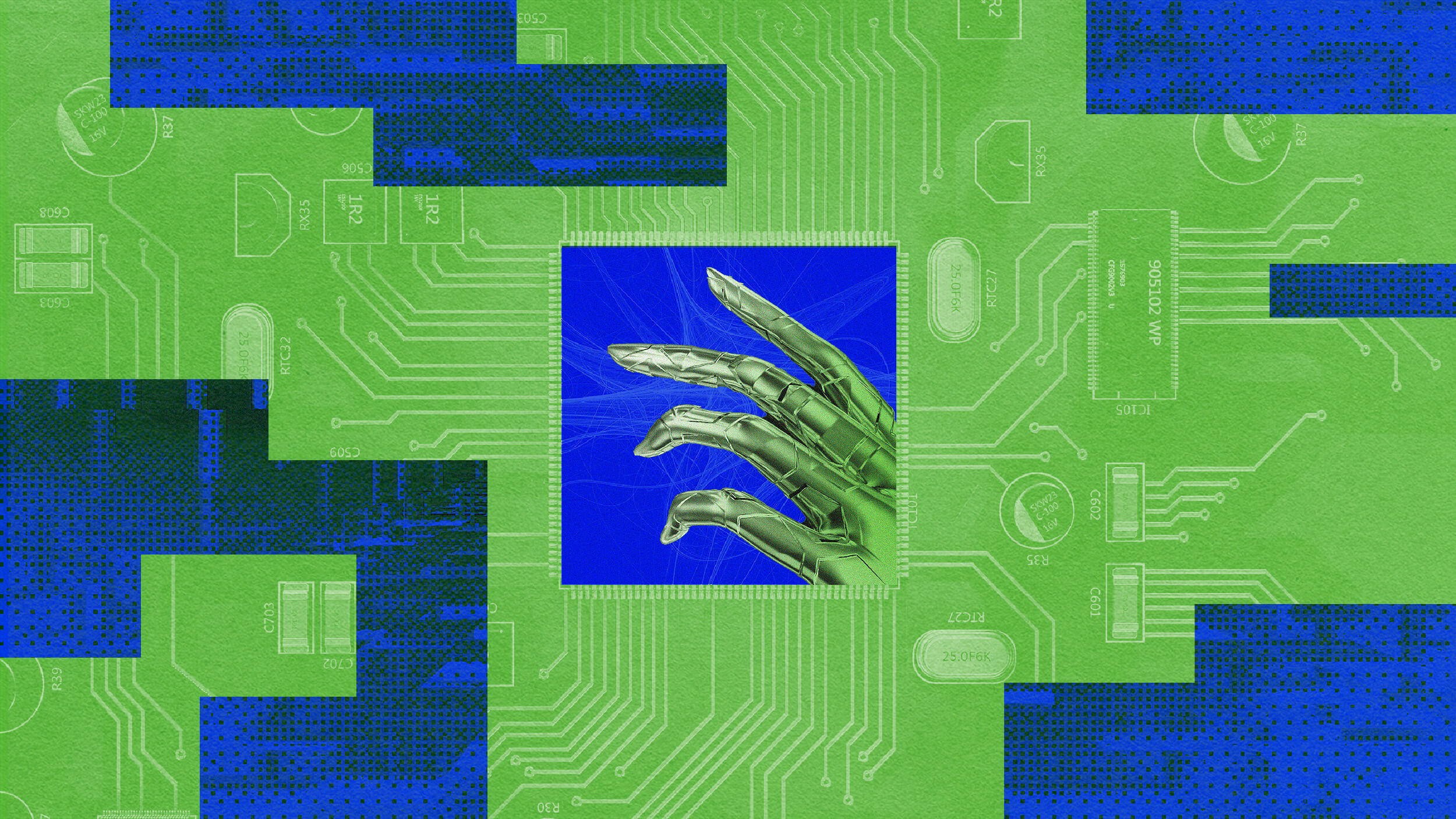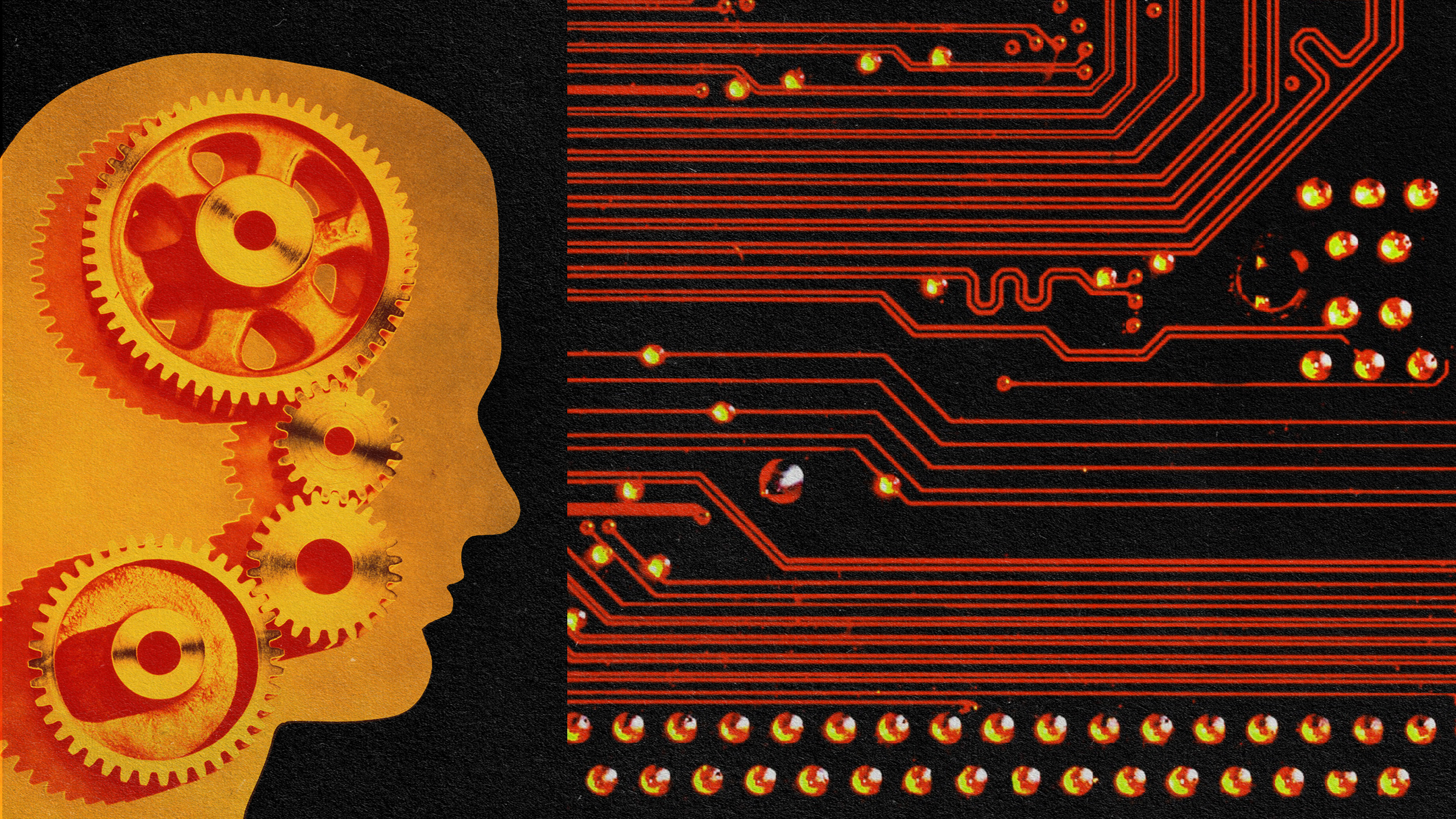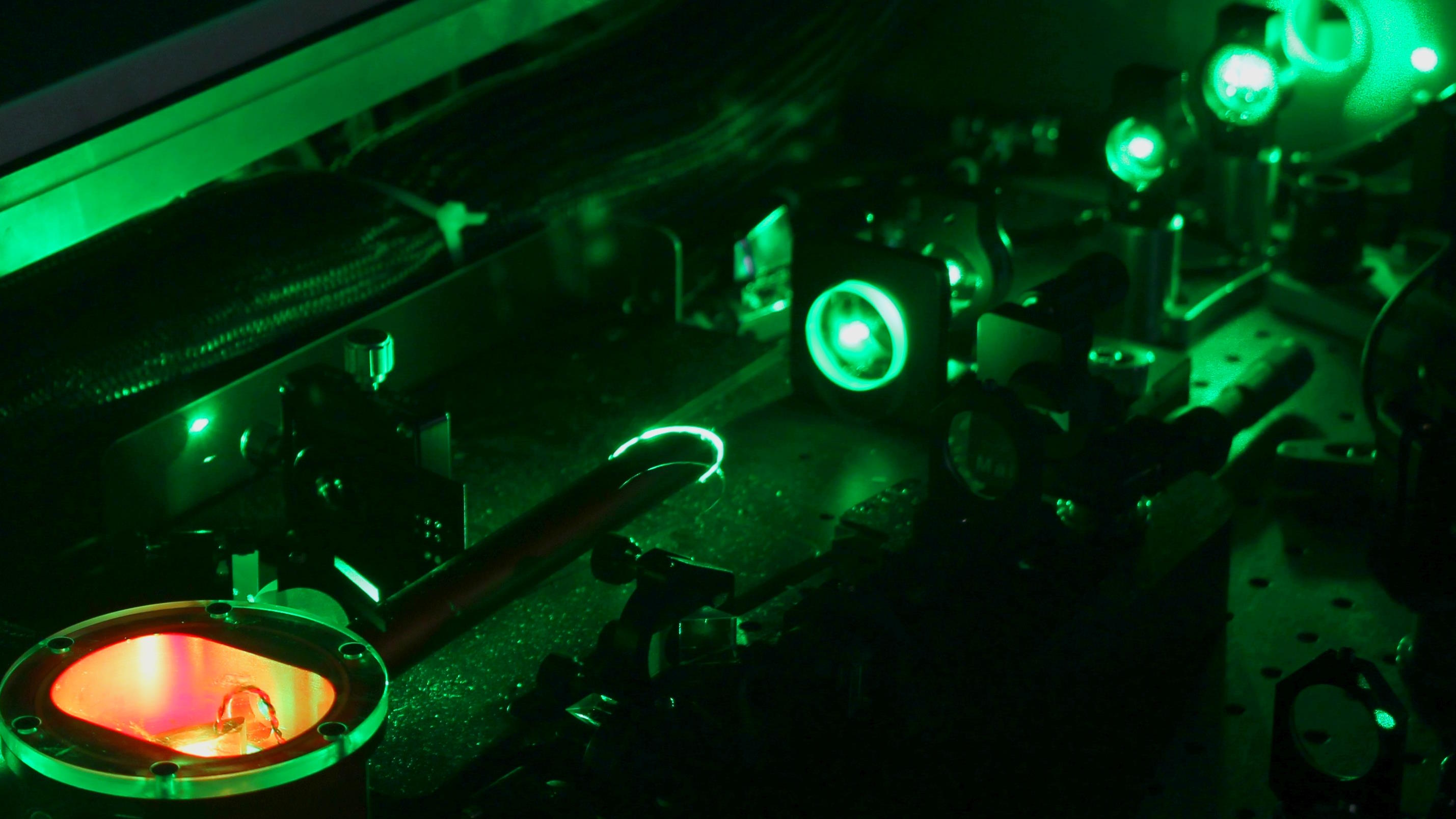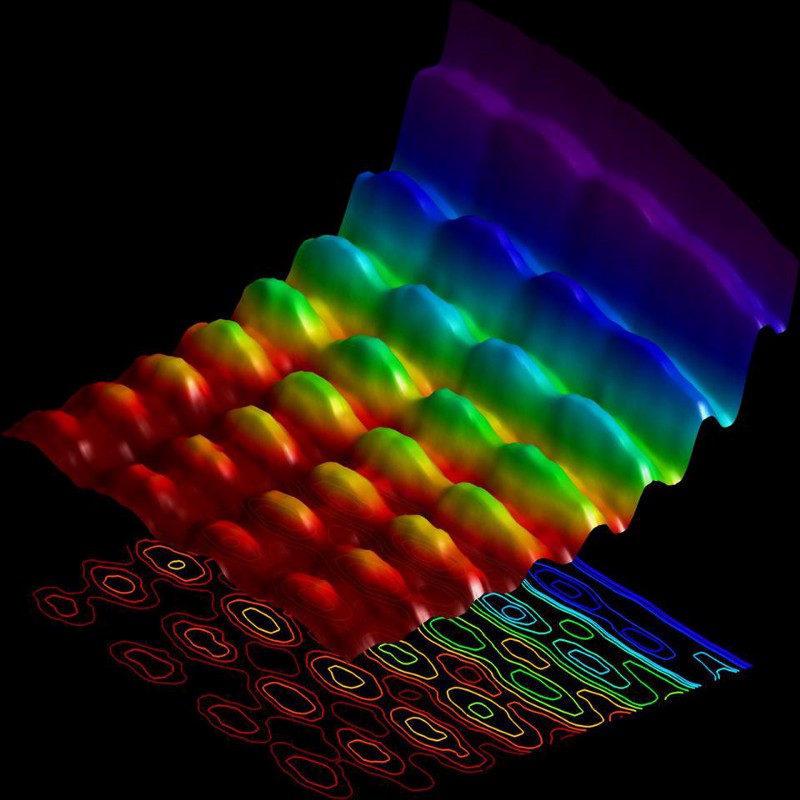Harnessing the Human Imagination to Train Artificial Intelligence

Through a clever experiment, researchers at the Massachusetts Institute of Technology have arrived at a closer understanding of the foundation of the human imagination. Specifically, the scientists believe they know the kinds of visual images that arise in the mind when we think of abstract objects such as “ball” and “car.”
To conduct the study, experimenters ran white noise through software to generate 100,000 random images, and when they gave those images to real people, patterns emerged: some images were consistently identified a basic objects such as a car, a ball, a chair, etc. The images identified by volunteers represent general impressions we have of objects, similar to a Rorschach test but without the psychological implications. Real world implications of this experiment are twofold:
(1) Researchers found the general images we have floating around in our imaginations are culturally relative. For example, people in India identify a red circular shape as a ball because the most popular sport there, cricket, is played with a red ball. North Americans identified orange/brown shapes as balls, standing in for basketball/football.
(2) The images arrived at through the experiment are more effective at training computers to identify visual objects than using actual, photographic images of objects. This lends support to the computational theory of the mind which draws similarities between how our brain works and a computer’s ability to process data.
Software architect Brad Templeton argues that it’s our imagination that gave rise to quantum mechanics and equally our imagination will help us build quantum computers, which in theory operate in multiple universes:
Read more at Technology Review
Photo credit: Shutterstock




